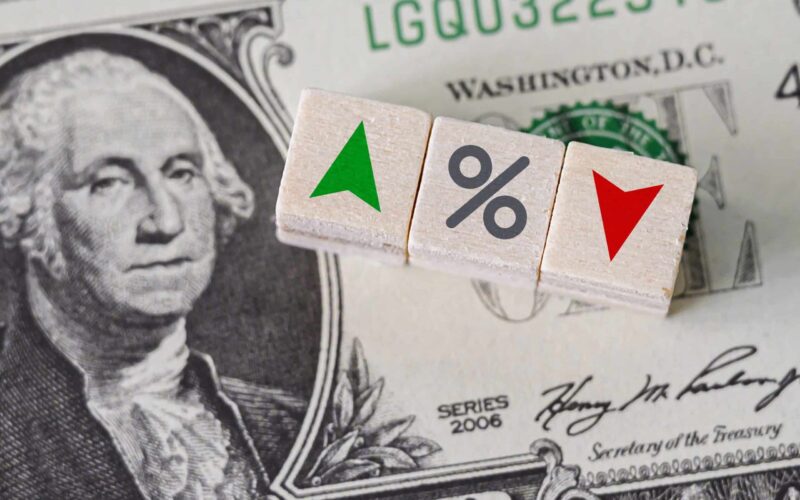The U.S. Federal Reserve is expected to adopt a dovish monetary policy stance in 2024, according to projections released by Deutsche Bank on Monday. Analysts predict that the Fed will decrease interest rates by at least 100 basis points from the current levels around 5.25-5.50%. This dovish approach is anticipated as economic growth and inflation rates are expected to decelerate, prompting the central bank to ease policy. The aggressive rate hikes implemented over the past year were aimed at curbing surging consumer prices. However, with inflation projected to moderate, the Fed will have room to cut rates and provide support for the economy.
The adoption of an accommodative stance by the Fed is likely to weaken the U.S. dollar and provide a favorable environment for risk assets such as stocks and cryptocurrencies. When the Fed embraces a dovish stance, the dollar tends to decline, incentivizing investors to seek higher-yielding assets.
Fed’s Rate Cut Expectations in 2024
The Fed is expected to deliver the most substantial rate cuts in 2024, with traders betting on a decrease of at least 100 basis points from this year’s peak levels, as highlighted by Deutsche Bank Research. Moreover, other central banks like the Bank of England and the European Central Bank are also projected to implement rate cuts, albeit less aggressively than the Fed.
This anticipated policy easing follows the Fed’s decision to raise its benchmark rate from near zero in March 2022 to the current range of over 5.25% to 5.5%. Economists widely anticipate a descent in inflation as supply chain pressures ease and demand moderates. Lower inflation levels will allow the Fed to shift its focus towards supporting economic growth and employment rather than solely prioritizing price stability.
While the base case for the Fed is a series of rate cuts and a weaker dollar, potential risks still loom. An acceleration in inflation would compel the Fed to reevaluate its policy easing measures. Analysts also point out potential shocks, such as soaring oil prices, slower Chinese economic growth, or stronger-than-expected U.S. economic data, which could disrupt expectations for a weaker dollar.
Currently, traders are pricing in the possibility of a dovish shift by the Federal Reserve in 2024. As the most influential central bank globally, the Fed’s monetary policy stance often sets the tone for risk sentiment and asset prices worldwide. The projected easing cycle presents a positive backdrop for stocks and cryptocurrencies in the upcoming year.
















